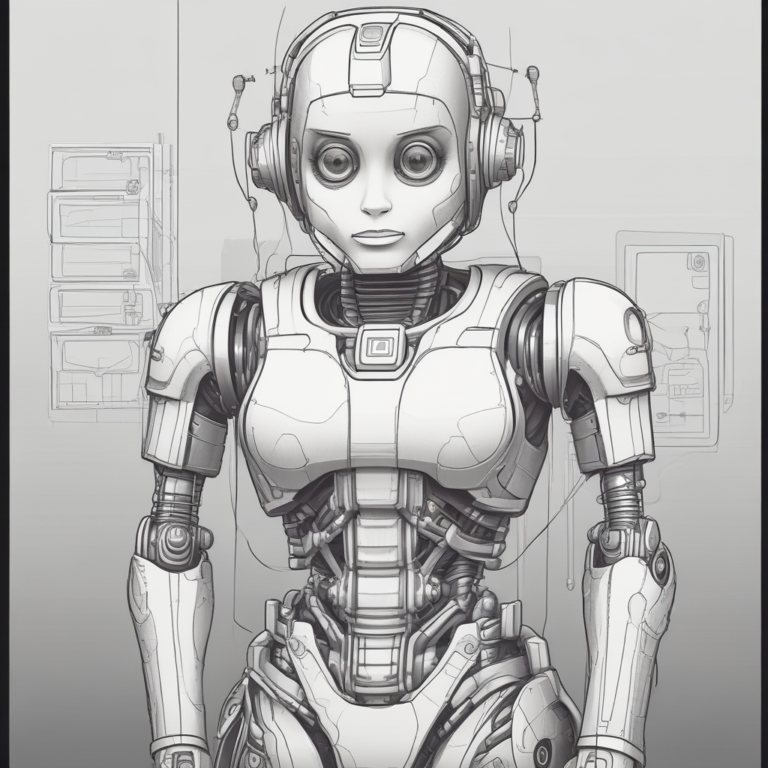Artificial Intelligence in Health Care: Accountability and Safety
The integration of artificial intelligence (AI) in the health care sector is driving significant advancements in clinical decision-making. However, the potential for patient harm resulting from AI-driven tools has raised critical concerns that current practices of accountability and safety have yet to address.
Overview of AI’s Role in Health Care
Recent studies indicate that AI-based health-care applications can achieve or surpass the performance of human clinicians in specific tasks. These innovations aim to tackle pressing global challenges, such as the shortage of clinicians and inequalities in healthcare access, particularly in low-resource settings.
Moral Accountability in AI Decision-Making
The concept of moral accountability relates to the responsibility for decisions made and actions taken. In the context of AI in health care, this raises complex questions. While clinicians ultimately make final decisions, they often lack direct control over the AI’s recommendations. This results in diminished accountability, as clinicians may not fully understand the processes by which AI systems arrive at their conclusions.
Historically, moral accountability has been tied to two key conditions: the control condition, which pertains to the ability to influence decisions, and the epistemic condition, which refers to the understanding of those decisions and their consequences. With AI’s opacity, it becomes challenging to assess how these conditions apply, leading to uncertainty regarding clinicians’ accountability for patient outcomes.
Safety Assurance in AI Systems
Safety assurance involves demonstrating confidence in a system’s safety through well-documented safety cases. These cases articulate the rationale behind a system’s acceptability for operation within a defined environment. For AI technologies, especially those involved in crucial health care applications, transparency is essential.
However, the existing regulatory frameworks have limited the scope of AI deployment in health care, primarily due to the high risks associated with potential harm. Current safety assurance practices often lag behind the dynamic nature of AI systems, creating gaps in accountability and safety that need to be addressed.
The Example of AI in Sepsis Treatment
A prominent case study in the use of AI in health care is the development of the AI Clinician, designed to optimize treatment strategies for patients with sepsis. Sepsis poses a critical health challenge, and traditional treatment protocols have been insufficiently adaptive to individual patient needs.
The AI Clinician utilizes a reinforcement learning model to recommend treatment actions based on historical patient data. This innovative tool is poised to enhance clinical decision-making by providing tailored recommendations every four hours, maintaining a continuous focus on patient care.
Challenges of AI Integration in Clinical Settings
Despite its potential benefits, the introduction of AI tools like the AI Clinician presents notable challenges. Delegating parts of decision-making to AI systems can complicate the control and epistemic conditions of moral accountability. Clinicians may find themselves caught in a dilemma, having to either rely on AI recommendations without sufficient understanding or invest time in developing their independent judgments, which may undermine the AI’s value.
Conclusion: The Path Forward
The ongoing integration of artificial intelligence in health care signifies a transformative shift. However, addressing issues of moral accountability and safety assurance is crucial for ensuring that these systems enhance rather than compromise patient care. Developing dynamic safety assurance models and clarifying accountability metrics for AI systems will be essential in navigating the complexities introduced by these technologies.
As AI continues to evolve, a proactive approach to understanding the interplay between human clinicians and AI systems will be necessary to safeguard patient safety and uphold ethical standards in health care.









